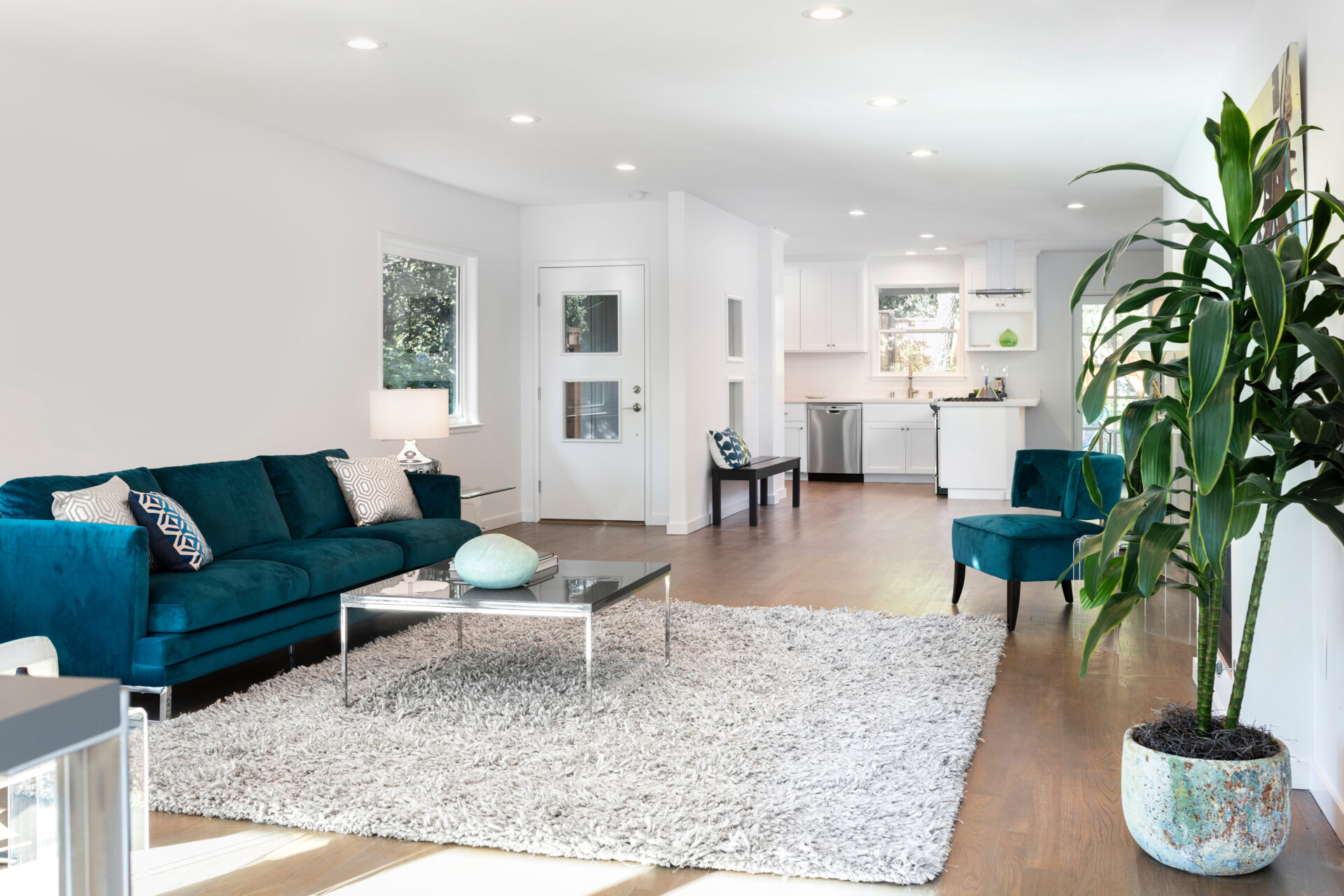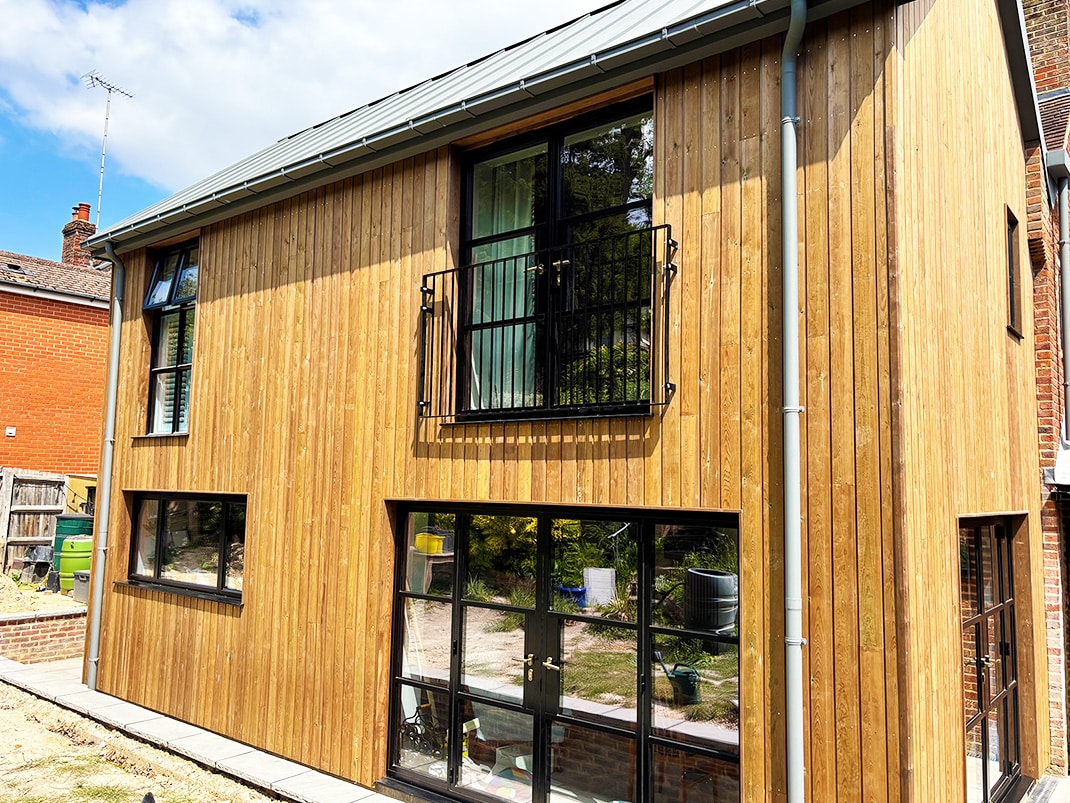When we live our daily lives, it’s important to make responsible choices. We should eat healthily and take regular exercise, and our sleep should be optimized. It’s also important to think of the environment, such as when we’re upgrading our homes. In this article, we’ll share our top 7 eco-friendly ideas that can reduce your carbon footprint and save money in the long run.
Table of Contents
Replace Your Doors And Windows
Old windows and doors are often responsible for drafts, heat loss, and increased utility bills. Upgrading to energy-efficient models improves insulation, reduces air leakage, and lowers heating and cooling costs. In turn, this reduces pressure on the power plants that generate electricity.
Energy-efficient windows have multiple panes of glass with gas in between them, to prevent heat transfer. They also come with low-emissivity coatings that reflect heat back into the room. They also block UV rays that fade furniture and carpets.
Thanks to the tight seals on these doors and windows, you can also reduce noise pollution from outside. If you need a home window replacement service you can request a free quote from trusted professionals. Their website will display FAQs and client testimonials, and details of the areas they service.
Install Solar Panels
These convert sunlight into electricity for your home’s appliances, lighting, and other electrical systems. This option is a long-term investment that can save you money on your energy bills over time. It will also be possible for you to sell any surplus electricity to the grid. Additionally, the government provides several tax benefits for users of solar energy.
To install solar panels, you should find a reputable company that can assess your property’s suitability for solar energy. They’ll also help you choose the right type of panel and system size for your needs.
Once installed, make sure that the panels are properly maintained, to keep them functioning efficiently. Solar energy is one of the most sustainable forms of energy available, making it an ideal choice for those looking to live a greener lifestyle.
Replace Your Old Home Appliances
Old appliances tend to consume more energy, and emit harmful chemicals into the atmosphere. This is why it’s wise to replace them with newer, eco-friendly models. Look for Energy Star certified products that use less electricity and water than older models. A new refrigerator will have better insulation, helping reduce your costs.
Don’t forget about smaller appliances like microwaves, toaster ovens, or coffee makers. These products can consume a lot of electricity over time.
Look for versions that have automatic shut-off features or timers, so you don’t waste energy unnecessarily. Finally, remember to properly dispose of the old appliances. Either donate them or recycle them, so they don’t end up in landfills. Otherwise, they’ll release harmful chemicals into the soil and air.
Adopt Water-Saving Measures
Rainwater harvesting is a technique that involves collecting and storing rainwater from rooftops. This can be used for various purposes, like watering plants or cleaning cars. By doing so, you reduce your dependence on municipal water supply, and contribute towards conserving this precious resource.
Another effective way to save water is by installing low-flow fixtures. These toilets, faucets, and showerheads use less water than traditional ones. However, they still provide adequate pressure for a comfortable shower or washing experience. You can also save water by fixing any leaks in your plumbing system, as even small drips can add up over time.
Grow Plants Indoors And Out
Adding indoor plants to your home is a simple and effective way to improve air quality. They soak up carbon dioxide and emit oxygen, helping to purify the air.
Some plants (such as spider plants and peace lilies) are particularly good at filtering harmful pollutants like formaldehyde and benzene from the air. These plants range from small succulents that fit on windowsills to large potted trees that make a statement in any room. Plus, caring for indoor plants can be a fun hobby that helps you relax and destress.
Instead of throwing away kitchen waste, compost it and use it as fertilizer for your outdoor plants. Additionally, using native plants can help support local ecosystems, and reduce the need for excessive watering and maintenance. Consider incorporating natural pest control methods into your gardening practices.
This can include planting companion plants that dissuade pests. Alternatively, introduce insects like ladybugs and lacewings into your garden, to control unwanted populations naturally.
Upgrade Your Flooring, Walls, And Roof
For an eco-friendly home upgrade, consider using sustainable materials for each area. Bamboo flooring is a popular choice as it grows quickly, and can be harvested without causing damage to the environment. Recycled wood or reclaimed timber are excellent options that add character to your home, while reducing waste.
When upgrading your walls, look for materials such as clay plaster or lime render that are breathable and non-toxic. These natural materials can improve indoor air quality, while regulating temperature and humidity levels inside the house. Additionally, they have a longer lifespan compared to conventional drywall.
When it comes to roofing, consider using metal or tiled roofs made from recycled products. They not only reduce landfill waste, but also require less maintenance over time. They have superior durability against weathering conditions, when compared to traditional asphalt shingles (which may need replacing every 10-15 years).
Switch To LED Lighting
Traditional incandescent bulbs are highly inefficient and consume a lot of energy. In contrast, LEDs use up to 80% less energy, and also last much longer. They emit significantly less heat, making them safer and cooler to use. They come in a variety of colors and styles, allowing you to customize the look of each room.
In contrast with traditional bulbs, LED versions don’t contain hazardous materials like mercury or lead. By switching to LED lighting you can reduce your carbon footprint and electricity bills over time.
Any projects that require paint should be completed using non-toxic versions. Thanks to these major tips, you’ll be all set to upgrade your home. It’ll look and feel much better, and you’ll be benefiting the environment in the process.






